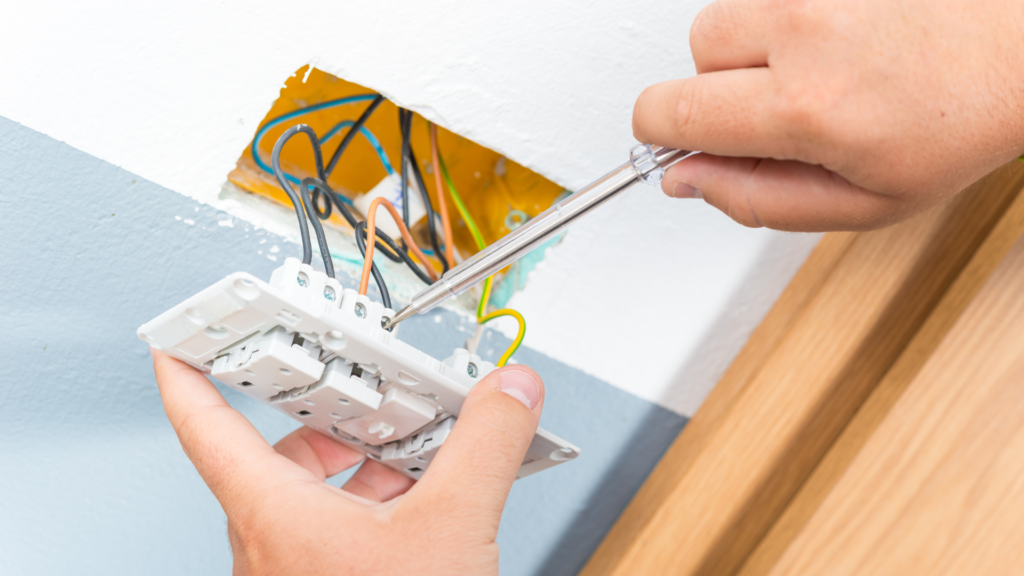
Electrical Installation Services: A Comprehensive Guide for Residential and Commercial Properties
Estimated reading time: 8 minutes
Key Takeaways
- Professional installation ensures NEC compliance and prevents electrical hazards
- Residential systems use single-phase power while commercial setups require three-phase power
- System upgrades improve safety and support modern appliances
- Future-proofing with smart tech conduits saves long-term costs
- Always verify contractor credentials and warranties
Table of Contents
- 1. Understanding Electrical Installation Services
- 2. Residential Electrical Wiring: Key Considerations
- 3. Commercial Electrical Installation: Essential Factors
- 4. New Construction Electrical Wiring
- 5. When to Consider System Upgrades
- 6. Choosing Service Providers
- FAQ
Electrical installation services form the backbone of safe, efficient power distribution in modern buildings. Whether you’re building a new home or upgrading a commercial space, this guide breaks down critical considerations for compliant, future-ready systems.
1. Understanding Electrical Installation Services
Professional services ensure code-compliant systems through:
- Wiring: Circuit layout for outlets and appliances
- System Design: Load calculations and component placement
- Safety Compliance: NEC standards adherence
Residential vs. Commercial Systems
- Residential: Single-phase power (120V–240V) with GFCI circuits
- Commercial: Three-phase power (up to 480V) for heavy machinery
Source: ITAP
2. Residential Electrical Wiring: Key Considerations
Critical projects include:
- Pre-wiring for EV chargers and smart home devices
- Replacing outdated aluminum wiring with copper
Technical Requirements:
- 200-amp panels for modern appliances
- GFCI outlets in wet areas
Source: CES Michigan
For energy-efficient solutions: Energy-Efficient Electrical Solutions
3. Commercial Electrical Installation: Essential Factors
- Three-phase power for industrial equipment
- OSHA-compliant grounding procedures
Case Study: Retail store added 10 dedicated freezer circuits (Total CG)
4. New Construction Electrical Wiring
- Blueprint reviews for conduit routing
- 20% extra capacity allocation
Pro Tip: Install empty conduits for smart tech upgrades
5. When to Consider System Upgrades
- Frequent breaker trips or burning smells
- Insufficient outlets causing extension cord use
Source: Weldpac
6. Choosing Service Providers
- Verify Master Electrician licenses
- Request load calculation reports
See: How to Hire an Electrician
FAQ
Q: How long does commercial installation take?
A: Medium projects typically take 3–6 weeks
Checklist for Hiring
- [ ] Verify state licensure
- [ ] Request itemized estimates
Visuals
Diagram: Residential vs. commercial voltage systems
